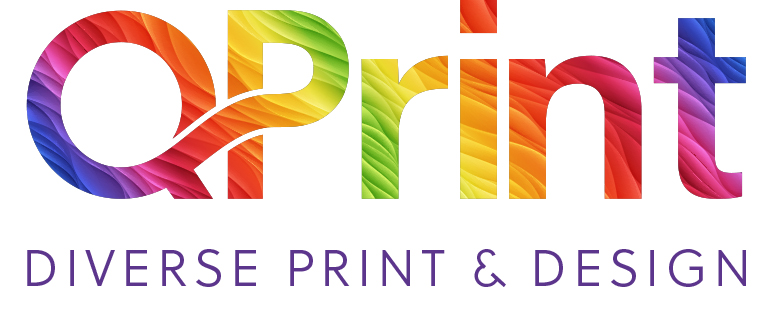We may be biased but when it comes to printing, paper isn’t just paper. It’s a fundamental piece of your printing toolkit. Whilst great design and informative copy can go a long way it’s the little things which also count including the size and weight of your paper. Your paper choice can dramatically affect the look, feel and functionality of the final print material so it’s important to choose wisely.
In this blog, we are breaking down everything you need to know about paper sizes and weights so you can make informed decisions for your next print project.
Understanding Paper Sizes
The most common standard is the A-series, defined by the ISO 216 international paper size system. Here’s a quick breakdown of the most popular A-series sizes:
- A0: 841 x 1189 mm: Perfect for large posters or technical drawings.
- A1: 594 x 841 mm: Common for posters and architectural plans.
- A2: 420 x 594 mm: Used for medium-size posters or wall calendars.
- A3: 297 x 420 mm: Ideal for large brochures or presentations.
- A4: 210 x 297 mm: The most widely used size for letters, reports and office printing.
- A5: 148 x 210 mm: Great for flyers, notepads, and smaller brochures.
- A6: 105 x 148 mm: Often used for postcards or invitations.
Each size in the series is half the size of the one above it. For example, two A5 sheets make up an A4, and two A4s make an A3, etc.
Understanding Paper Weights
Paper weight refers to the thickness and density of the paper and it plays a crucial role in how a printed piece feels in hand and how durable it is. Paper thickness is measured using the system, GSM (grams per square metre).
Here’s a general guide to paper weights:
- 80–100 gms: Standard office paper, used for everyday printing and photocopying.
- 120–170 gms: Premium paper for flyers, posters and high-quality internal documents.
- 200–250 gms: Card-like paper for high-end brochures, menus and covers.
- 300–400 gms: Thick cardstock for business cards, invitations, and rigid promotional material.
Heavier weights generally mean better durability and a more professional appearance but they may also cost more and require special handling.
Matching size and weight to purpose
Choosing the right combination of size and weight depends on the goal of your printed material:
- Business Cards: A standard size (usually 85 x 55 mm) and a weight of 350–400 gms gives a strong, professional feel.
- Brochures: A4 or A5 folded brochures work well on 150–200 gms for a quality yet flexible finish.
- Posters: Go large (A2 or A1) with a weight of 170–250 gms to maintain visual impact without sagging.
- Flyers: A5 or A6 sizes on 120–150 gms paper are cost-effective yet eye-catching.
Final thoughts
The right paper size and weight can elevate your print materials and leave a lasting impression for your brand. At Q Print, we help clients choose the best combination for their goals and budget. Whether you’re printing in bulk or going for a high-end custom look, understanding the basics of paper sizes and weights ensures you get exactly the result you want.
Need help selecting the perfect paper for your next print project? Get in touch to find out how we can help bring your vision to life in print.
